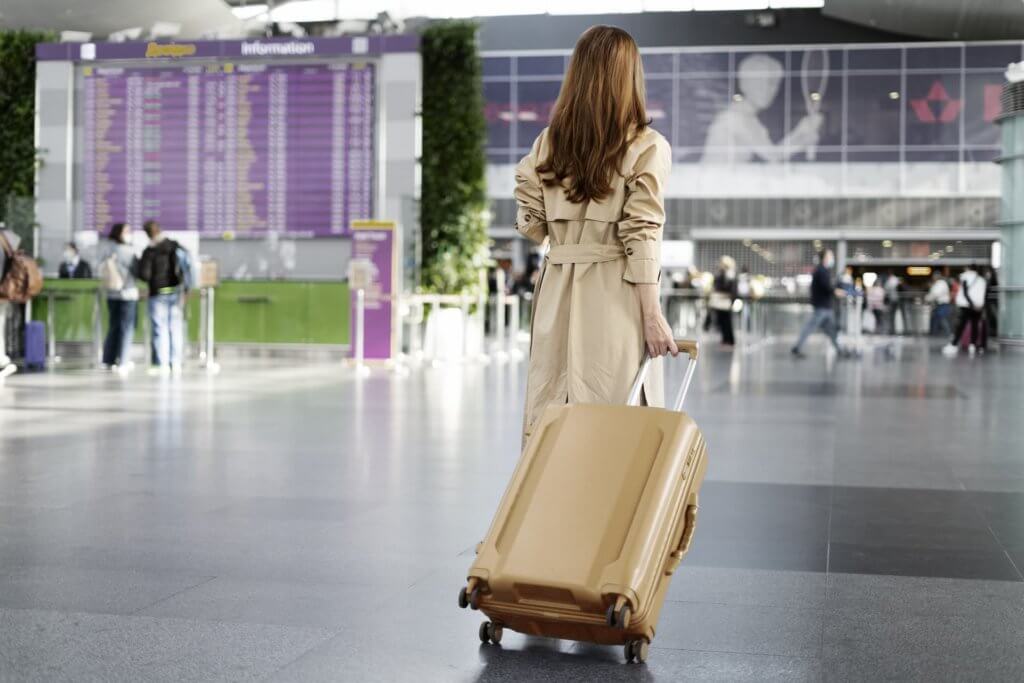“We are saving up to travel in our golden years” is a common saying. So many times, upon retirement, when folks sell their homes, is often when they have the time and money for travel. Let’s take a glance at the process.
When it comes to booking a flight a computer savvy individual will have it covered. One search on the Internet and all the airlines pop-up, giving a plethora of options. Only book an afternoon connecting flight unless there are two hours or more between flights, as delays might cause a missed flight.
For those who are not computer friendly, a travel agent is always a good option. In Ontario the travel industry is governed by the TICO, or The Travel Industry Council of Ontario, an organization mandated by the Ontario government to administer the Ontario Travel Industry Act.
Which ever booking option you choose; it is wise to pay a little extra for the cancellation insurance. Better to be safe than left with no way to get a refund.
There will be guidelines to follow from each airline regarding packing luggage. It’s important to note that all medications, identification, proof of health coverage, list of emergency contacts and valuables should be always kept on your person. Airport staff usually asks for most food items to be discarded so it’s best not to bother bringing any.
Check in on the day before your flight. Be sure to know exactly how early to show up for the pre-boarding procedures. Ask specifically what is required, since the Covid pandemic, the screening process is lengthy and ever-changing. Be sure to find out what currency is accepted on the plane. Remember to let your bank and credit card holders know you will be travelling so you won’t have a problem using your cards.
Wear comfortable clothes, like a track suit and closed toed shoes. Dressing this way is good for you and makes the security check simpler. Be prepared to endure a long waiting period (sometimes up to two- and one-half hours in line) and understand there is a fair amount of walking involved, airports are huge. Most senior travelers are able-bodied, yet for those with mobility issues, the airports have supports in place to make their flights accessible.
If you already have a mobility aid or will need assistance with the long walks or lines-ups, it’s best to make those arrangements during the booking process. Having this prearranged will make it go much smoother for you the day of, especially if you require the use of one of the airports wheelchairs, as they do have a limited supply.
If a traveller has a support person and utilizes a mobility aid of any sort, they have the right to these supports. Firstly, they could expect their support person to be allowed to accompany them through the entire process at the airport. When it comes time to board the plane, the traveller has their own help to transfer into the seat if needed.
Crutches and canes may be brought onto the plane, but any other mobility aids such as walkers, and wheelchairs are usually stored in cargo. If you don’t use a mobility device regularly but have found yourself unable to stand in the line up for an extended period, or that the walk is too long, don’t be shy to ask for assistance. The staff are there to help. They have motorized carts available and wheelchairs for travellers to use.
To make the security check go as easy on you as possible remove any items of interest from your bag, such as phones, computers, medications, and place them on the conveyor belt.
The last tip I have for you comes from a frequent flyer who is also a pilot. He stated, “Air travel is the safest mode of travel. But in case of an emergency, you want to know where you are in the plane at all times. So, when you board, count how many headrests you are away from the emergency exit.”
Whether traveling to visit a loved one or for pure adventure, the wait time at the airport is surly worth it. One last thing… Check to make sure your cell service will provide quality reception at the airport and beyond without incurring a whopper of a bill.
Enjoy your travels!
Credit: Marie Marchildon




